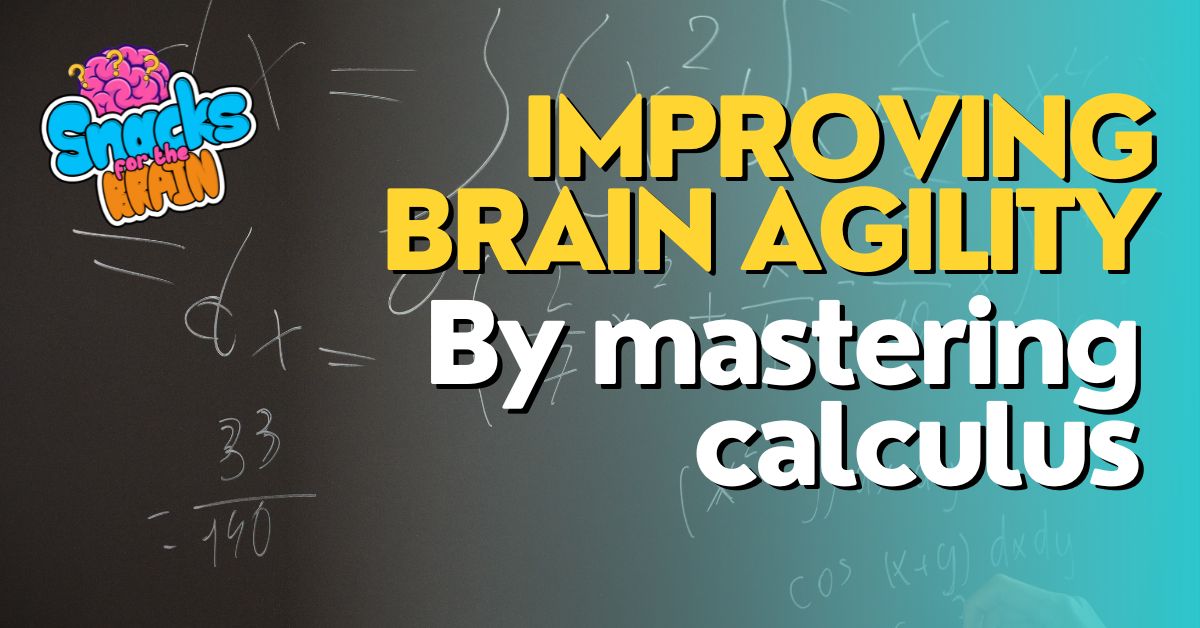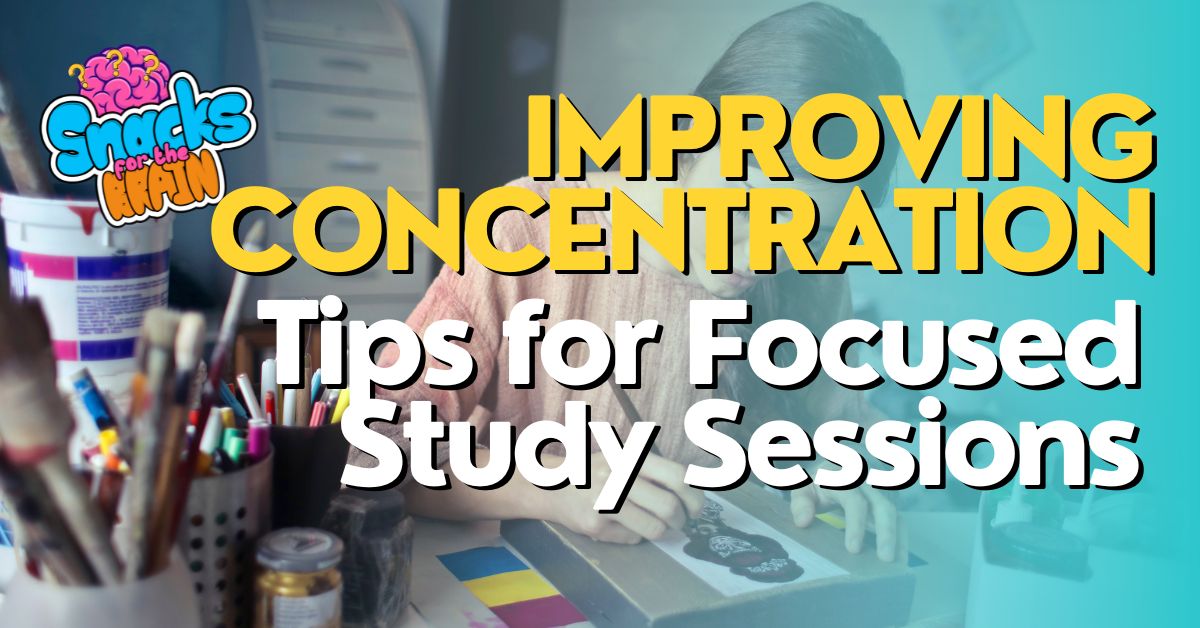In this article we will cover The Power of Divergent Thinking for Problem Solving as to unleash your creativity and take you to new heights.
Contents:Divergent Thinking for Creative Problem Solving

Understanding Creative Problem-Solving
Creative problem-solving is a powerful tool that promotes innovative thinking and the development of unique solutions to complex problems. In today’s ever-evolving business landscape, the ability to think creatively and solve problems effectively is crucial for success. By mobilizing creative team members and fostering an environment that embraces innovation, business leaders can overcome the barrier of complacency and encourage the exploration of new possibilities.
Overview of Creative Problem-Solving
Creative problem-solving is a less structured approach to problem-solving that allows for the exploration of potential solutions without the need for a clearly defined problem. It is particularly useful in situations where the cause of a problem is difficult to pinpoint or when there are differing opinions about its root cause. By adopting a creative problem-solving mindset, individuals and teams can generate ideas and develop new perspectives that may lead to innovative solutions.

Benefits of Creative Problem-Solving
The benefits of creative problem-solving are numerous and can significantly impact business success. Some of the key benefits include:
- Finding creative solutions to complex problems: Traditional user research may not fully illustrate the complexity of a situation. Creative problem-solving allows for the generation of solutions without relying solely on existing information.
- Adapting to change: In a rapidly changing business environment, the ability to adapt is paramount. Creative problem-solving equips individuals and teams with the tools to overcome unforeseen challenges and find solutions to unconventional problems.
- Fueling innovation and growth: Creative problem-solving not only yields solutions to existing problems but also sparks innovative ideas that drive company growth. These ideas can lead to the development of new product lines, services, or operational improvements that enhance efficiency.
Principles of Creative Problem-Solving
Creative problem-solving is typically guided by several key principles, including:
- Balance Divergent and Convergent Thinking: Creative problem-solving entails both divergent and convergent thinking. Divergence generates a multitude of ideas, while convergence filters these ideas into a shortlist of promising solutions. Striking a balance between these two practices is essential for turning ideas into concrete solutions.
- Reframe Problems as Questions: By reframing problems as questions, individuals can shift their focus from obstacles to potential solutions. This approach opens up possibilities for brainstorming and encourages innovative thinking.
- Defer Judgment of Ideas: It is natural to judge ideas immediately during brainstorming sessions. However, this hinders the idea generation process. Even seemingly implausible ideas can evolve into outstanding innovations with further exploration and development.
- Focus on “Yes, And” Instead of “No, But”: Using negative language discourages creative thinking. By employing positive language and building an environment that fosters the development of creative ideas, teams can generate innovative solutions.

Integrating Creative Problem-Solving with Design Thinking
While creative problem-solving promotes open-ended exploration and innovative thinking, design thinking offers a more structured approach to problem-solving. By understanding the relationship between these two methodologies, individuals and teams can leverage their strengths for greater effectiveness.
Understanding Design Thinking
Design thinking is a human-centered, solutions-based process that fosters the ideation and development of innovative solutions. It involves a four-phase framework outlined by Harvard Business School Dean Srikant Datar in the online course “Design Thinking and Innovation.”
The four stages of design thinking are:
- Clarify: This stage involves empathizing with the user and identifying problems through thorough research. Observations and insights inform the reframing of findings as problem statements or questions.
- Ideate: Ideation is the process of generating a wide range of innovative ideas. The divergence of ideas, which is a fundamental aspect of creative problem-solving, is a major focus in this stage.
- Develop: In the development stage, ideas are transformed into experiments and tests. Prototyping and open critique are used to explore and refine ideas.
- Implement: The final stage involves finalizing the development of a solution and effectively communicating its value to stakeholders. Design thinking is an iterative process that may move between stages as ideas are generated and pursued.
Relationship between Creative Problem-Solving and Design Thinking
Creative problem-solving and design thinking are complementary methodologies that can be used together to enhance problem-solving capabilities. While user research plays a crucial role in design thinking, there are situations where it may not provide a clear cause for a problem. Creative problem-solving fills this gap by encouraging the development of new perspectives and innovative ideas.
Creative problem-solving primarily operates in the ideate phase of design thinking but can also be applied to other stages. Both methodologies embrace the iterative nature of the problem-solving process, allowing for the exploration of multiple ideas and perspectives.
Alignment with the Design Thinking Process
Creative problem-solving aligns well with the design thinking process. The ideate phase, which focuses on generating ideas, is where creative problem-solving shines. By incorporating creative problem-solving techniques during this phase, individuals and teams can explore a wider range of possibilities and generate more innovative ideas.
However, creative problem-solving can also be applied to other stages of the design thinking process. It is essential to understand that design thinking is a fluid framework that encourages flexibility and adaptation as ideas evolve.

Tools for Creative Problem-Solving
To effectively employ creative problem-solving, a variety of tools can be utilized. These tools encourage divergent thinking, challenge cognitive fixedness, and promote innovative solutions. Here are three tools commonly used in creative problem-solving:
Creating a Problem Story
Creating a problem story involves identifying undesired phenomena (UDP) and understanding the events that precede and result from them. It helps visualize the cause-and-effect relationships of a problem and offers valuable context for understanding users’ needs.
The process involves the following steps:
- Identify a UDP: Determine the undesired phenomena that you want to address. For example, consider a company that produces printers that frequently overheat.
- Move Forward in Time: Analyze the consequences and effects of the UDP by asking, “Why is this a problem?” This step helps identify the impact of the problem on users. For the overheating printers example, minor damage or even the risk of a fire could be consequences.
- Move Backward in Time: Identify the potential causes of the UDP by asking, “What caused this UDP?” This step helps examine the root problems or typical causes of the undesired phenomena. In the case of the overheating printers, overuse could be a cause.
- Break the Chains: Once you have mapped out multiple problem storylines, focus on breaking the chains that connect them. This can be done through inversion or neutralization techniques. Inversion changes the relationship between two UDPs, while neutralization eliminates the cause-and-effect relationship altogether.
Creating a problem story provides useful context and insights for understanding users’ problems. It promotes divergent thinking and helps identify potential solutions.
Brainstorming Techniques
Brainstorming is a valuable tool for generating ideas and exploring different perspectives. When guided by the iterative qualities of the design thinking process, brainstorming can be highly effective. Here is a three-step method for productive brainstorming:
- Individual Idea Generation: Have each group member come up with as many ideas as possible and write them down. This ensures that the brainstorming session is productive and allows for a diverse range of ideas.
- Collective Idea Exploration: Share and discuss each idea as a group, encouraging open discussion and exploration. The goal is to inspire new ideas through the exchange of different perspectives.
- Converging Ideas: Narrow down the ideas to a few promising options. There is no set number of ideas to converge upon, but it is important to consider exploring all viable options as resources allow.
Brainstorming can be an effective tool for generating innovative ideas and fostering collaboration within a team.
Utilizing Alternate Worlds
The alternate worlds tool encourages individuals to consider how someone from a different field or industry would approach a particular problem. By exploring alternate perspectives, individuals can gain fresh insights and generate new ideas.
For example, if you are trying to solve a problem related to printers overheating and catching fire, consider how experts from different fields, such as automotive or firefighting, would approach the problem. This exercise helps break cognitive fixedness and promotes innovative thinking.
Utilizing alternate worlds promotes divergent thinking and encourages individuals to think beyond their own domain expertise.

Developing Skills in Creative Problem-Solving
To become a more effective creative problem-solver, it is essential to develop certain skills and adopt a design thinking mindset. Here are some tips for enhancing your creative problem-solving abilities:
Empathize with Your Audience
Empathy plays a crucial role in understanding your target audience and their needs. By observing and asking questions, you can gain valuable insights that help you develop creative and relevant solutions to their pain points. Practice empathizing with your audience and pay attention to their needs to create more effective solutions.
Reframe Problems as Questions
When faced with a difficult problem, try reframing it as a question rather than a statement. Shifting your focus from the problem to potential solutions opens up new possibilities for ideation and creative thinking. By asking “How might we?” questions, you can explore different angles and generate innovative ideas.
Overcome Cognitive Fixedness
Cognitive fixedness is a mindset that limits your ability to recognize alternative solutions or interpretations for a situation. By recognizing this tendency and consciously challenging it, you can approach problems with a more open mind. Be willing to consider different perspectives and explore new possibilities.
Balance Divergent and Convergent Thinking
Creative problem-solving requires a balance between divergent and convergent thinking. Divergence allows for the generation of a multitude of ideas, while convergence narrows down these ideas into a few promising options. Striking a healthy balance between divergent and convergent thinking ensures that ideas are explored creatively, while also grounded in reality.
Use Creative Tools
Utilizing creative tools can enhance your problem-solving abilities. Tools such as problem stories and alternate worlds promote divergent thinking and encourage the exploration of new ideas. Incorporating these tools into your creative problem-solving process can provide valuable context and generate innovative solutions.
Use Positive Language
Maintaining a positive mindset and using positive language while problem-solving can significantly impact creativity. Negative words and statements hinder the generation of fresh ideas. By using positive language and building a supportive environment, you encourage the development of creative and innovative ideas. Adopting a “yes, and” mentality instead of a “no, but” mindset fosters collaboration and open-mindedness.
Practice Design Thinking
Practicing design thinking can improve your creative problem-solving skills. Whether in the workplace or in your everyday life, adopting a design thinking mentality enables you to approach problems systematically and creatively. Study design thinking through courses or learn from examples to enhance your problem-solving capabilities.
By developing these skills and embracing a design thinking mindset, you can become a more effective and innovative creative problem-solver.
In conclusion, creative problem-solving is a valuable tool for individuals and teams in the business world. By understanding its principles, integrating it with design thinking, utilizing various tools, and developing essential skills, individuals can enhance their problem-solving abilities and foster a culture of innovation within their organizations. Embracing creativity and innovative thinking is crucial in today’s rapidly changing business landscape, and creative problem-solving provides the framework necessary to navigate complex challenges and drive success.
Conclusion: Unleashing Creativity: The Power of Divergent Thinking for Problem Solving and unleash your creativity
In conclusion, embracing divergent thinking can be a powerful tool for problem solving and unleashing creativity. By allowing ourselves to explore multiple perspectives and solutions, we open the door to innovative and unique ideas, rather than limiting ourselves to traditional and linear thinking.
Divergent thinking encourages us to think outside the box, challenge established norms, and approach problems from unconventional angles. This can lead to breakthroughs in problem solving and spark new creative endeavors. By fostering a mindset of divergent thinking, individuals and organizations can tap into a wealth of untapped potential and drive forward progress and innovation.
When we rid ourselves of the constraints of convergent thinking and embrace the freedom of divergent thinking, we can truly unleash our creativity and tackle challenges in ways we never thought possible. So let’s embrace the power of divergent thinking and see where it takes us.
FAQ Divergent Thinking for Creative Problem Solving
What is divergent thinking and how does it relate to creativity?
Divergent thinking is a thought process or method used to generate creative ideas by exploring a wide range of possible solutions. It involves thinking beyond conventional boundaries and embracing unconventional ideas and perspectives, making it a fundamental aspect of the creative process.
How does unleashing creativity contribute to problem-solving?
Unleashing creativity through divergent thinking can lead to innovative and effective problem-solving, as it encourages individuals to explore various perspectives and approaches, ultimately leading to novel and resourceful solutions.
What are some actionable strategies to ignite and fuel creativity?
There are several strategies to fuel creativity, such as creating an environment that encourages experimentation and unconventional thinking, learning from the best through books, podcasts, and experiences, and letting go of inhibitions and the fear of making mistakes.
Can creativity be learned and nurtured, or is it a fixed trait?
Creativity can be nurtured and developed through a conducive environment that encourages creativity and provides opportunities for exploration and innovation. It is not a fixed trait and can be cultivated through intentional efforts and experiences.
How does a creative environment contribute to unleashing creativity?
A creative environment provides the necessary support, freedom, and resources for individuals to break free from the status quo, experiment with new ideas, and engage in intuitive and innovative approaches, thereby fostering the unleashing of creativity.
What role does experimentation play in the creative process?
Experimentation is crucial in the creative process as it allows for the exploration of unconventional ideas, testing of different approaches, and discovery of unique solutions, all of which contribute to driving innovation and breakthroughs.
How can individuals leverage the power of creativity in their work?
Individuals can leverage the power of creativity in their work by integrating divergent thinking into their problem-solving processes, embracing unconventional ideas, and being open to new perspectives and innovative solutions that can propel their projects or initiatives forward.
Why is it important to let go of the fear of making mistakes in the creative process?
Letting go of the fear of making mistakes is crucial in the creative process as it allows individuals to explore uncharted territories, take risks, and experiment with new ideas without the constraints of self-doubt, ultimately leading to breakthroughs and creative achievements.
What are some famous examples of individuals who embraced divergent thinking to achieve creative breakthroughs?
A: Thomas Edison, Steve Jobs, and Maya Angelou are among the many renowned individuals who embraced divergent thinking, defied the conventional norms, and leveraged their creativity to achieve groundbreaking innovations and impactful contributions in their respective fields.
How can creativity play a role in driving innovation and progress?
Creativity plays a pivotal role in driving innovation and progress by fostering the generation of new and inventive ideas, challenging the status quo, and providing solutions to complex challenges, thereby propelling advancements and improvements across various domains.
For more interesting ways to boost your brain activity, then don´t forget to check on our blog.






